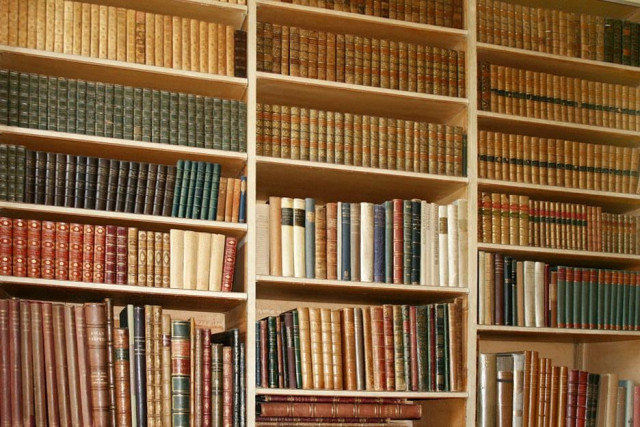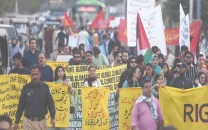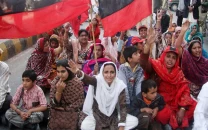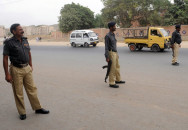16 districts don’t have public libraries
Sindh govt planned to build libraries in all districts two years ago.

With abysmal literacy rates and inflation, libraries as basic units of informal education are even more important in developing countries like Pakistan. These libraries provide a source of knowledge and entertainment for people who cannot afford to buy books.
Sindh seems to fare quite poorly when it comes to provincial government-run libraries. Two years ago, the Sindh culture department, which is responsible for government libraries in the province, had announced that it will establish public libraries in the 16 districts that did not have public libraries. These districts include Sukkur, Jacobabad, Ghotki, Kambar-Shahdadkot, Kashmor-Kandhkot, Naushahro Feroz, Benazirabad, Matiari, Tando Mohammad Khan, Tando Allahyar, Badin, Umerkot, Sanghar, Tharparkar, Jamshoro and Thatta.
The government’s promises, however, have yet to materialise into anything tangible.
The need for public libraries is felt more deeply now that the private libraries have become a thing of the past.
As the former deputy secretary of intermediate education in Sukkur, Zahoor Ahmed, recalled, Sukkur city used to have several libraries. “Reading was a common hobby,” he said, adding that nowadays nobody took out time to browse books.
When public interest in something as important as books seems to be waning, the government needs to take charge.
Sukkur is the divisional headquarters and third largest city of Sindh and while it has a privately-run library, the management of that library too desperately urged the need for funds.
Meanwhile, Jamshoro is called ‘the city of education’ because the University of Sindh, Mehran University of Engineering and Technology and Liaquat University of Medical and Health Sciences are all located here. A district with such a large population of students desperately needs a public library in addition to the university’s own resources.
On the other hand, Naushehro Feroz, that used to be called ‘the land of knowledge’ in the British era because it was home to several scholars, too is bereft of a public library. Students of this district often have to head towards Hyderabad or Karachi, especially during exams when they need a good, quiet place to study.
Director Culture Mohammad Ali Manjhi said that his department has no funds to establish new public libraries.
At present, the culture department is running only 10 public libraries in the province.
These include the Liaquat Memorial Library in Karachi, Shams-ul-Ulma Daudpota Library Hyderabad, Lal Shahbaz Library Sehwan Sharif, Sir Shahnawaz Bhutto Library Larkana, Shah Latif Library Ratodero, Allama I.I Kazi Library Dadu, Sachal Sarmast Library Khairpur Mir, Sindh Government Library Mirpurkhas and Qadir Bux Bedil Library Shikarpur.
It is important to realise, that the presence of these libraries does not mean they are in the best of shapes. Most of them lack modern indexing, computers and new books and periodicals. They also face a shortage of staff and basic facilities such as air-conditioning and water coolers.
Manjhi said that despite the financial issues, the department is constructing seven cultural complexes in Umerkot, Mithi, Mirpurkhas, Tando Allahayar, Thatta, Sanghar and Benazirabad. These complexes will house libraries along with auditoriums, art galleries and museums.
He added that in several districts, the local governments are managing libraries so people do have a place to read and learn.
Published in The Express Tribune, October 26th, 2010.



















COMMENTS
Comments are moderated and generally will be posted if they are on-topic and not abusive.
For more information, please see our Comments FAQ